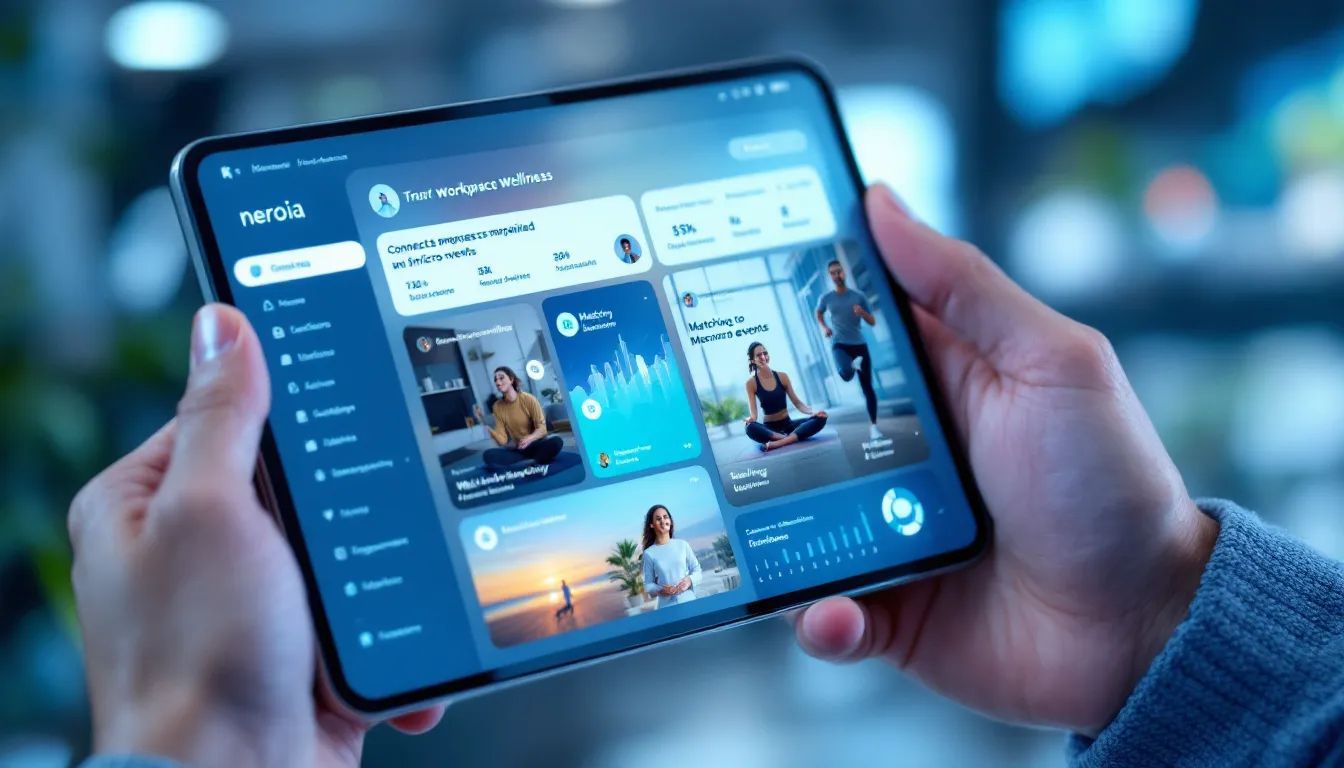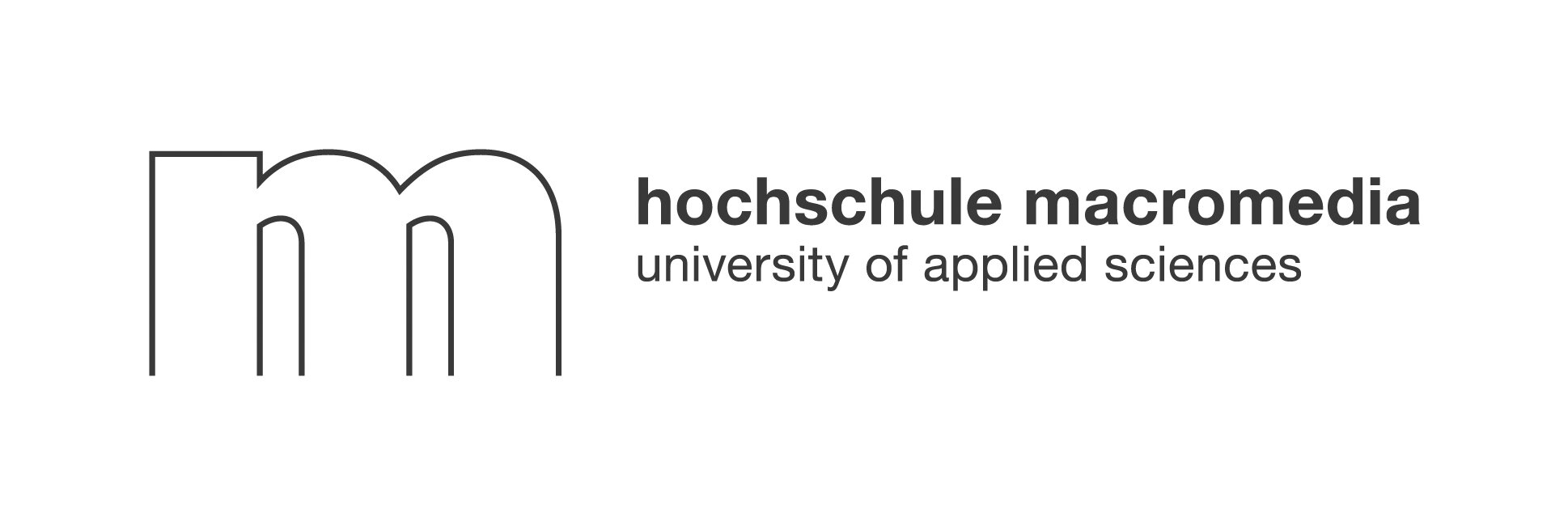The world of work is changing fast. As organizations race to attract and retain top talent, sports and wellness in the workplace have leapt from nice-to-have perks to strategic essentials. But what if the old playbook—big, occasional wellness events—just isn’t working anymore? Imagine a future where every employee, whether in the office or remote, effortlessly discovers micro-moments of movement, connection, and well-being, all tailored to their unique interests. Let’s open the playbook on how sports and wellness in the workplace are being redefined for 2025, and why AI-powered platforms like Neroia are leading the charge.
Why Sports and Wellness in the Workplace Are No Longer Optional
From perk to performance driver
A decade ago, offering a company yoga class or a subsidized gym membership was considered progressive. Today, the stakes are much higher. The concept of sports and wellness in the workplace, is now a core expectation, not just a bonus. Employees recognize that their health, mood, and sense of belonging are tightly linked to how they perform at work.
Why the shift? The answer is twofold. First, the rise of hybrid and remote work has blurred boundaries, making it harder for employees to separate work from rest. Second, research repeatedly shows that companies investing in wellness see measurable gains in engagement, retention, and productivity.
"Organizations must remember that employees are their assets. The wellness of the organization depends on the well-being of its employees."
— Vantage Fit
The business case in numbers
Let’s look at the numbers behind sports and wellness in the workplace:
- According to the World Health Organization, nearly 2 billion adults globally are overweight, with sedentary work being a major contributor.
- Companies with robust wellness programs report up to 25% lower absenteeism and 32% higher employee engagement, according to the CDC.
- A Harvard Business Review study found that organizations prioritizing wellness see a 6:1 return on investment due to reduced health costs and improved performance.
Clearly, sports and wellness in the workplace are not just about fitness—they’re about building a thriving, resilient workforce.
The Science Connecting Movement, Mood and Productivity

How exercise boosts brainpower
Physical activity is not just about burning calories. When employees move, whether it’s a brisk walk, a quick yoga stretch, or a friendly game of ping-pong, their brains benefit. Exercise increases blood flow, delivering more oxygen and nutrients to the brain. This supports memory, focus, and creative thinking.
Neuroscience confirms that even short bursts of movement can trigger the release of endorphins, the body’s natural mood boosters. At the same time, physical activity lowers cortisol, the stress hormone that can cloud judgment and sap motivation.
"Physical activity causes the human body to release 'feel-good' chemicals known as endorphins. Any aerobic exercise can help produce feelings of euphoria known as a 'runner’s high.'"
— OnRec
Case study: 30-minute walking meetings
Consider the humble walking meeting. In a recent pilot at a global tech company, teams who swapped one weekly sit-down for a 30-minute walking meeting reported:
- 18% higher reported focus during the meeting
- 12% increase in creative ideas generated
- 21% reduction in reported stress levels
Walking meetings are just one example of how sports and wellness in the workplace can be woven into daily routines, boosting both mood and productivity.
Mental Health First: Using Active Breaks to Cut Stress and Burnout
Endorphins versus cortisol
Stress is a silent productivity killer. Prolonged exposure to stress hormones like cortisol can lead to burnout, low morale, and even physical illness. The good news? Movement is a natural antidote.
Short, active breaks—think stretching, deep breathing, or a quick game—trigger endorphin release, counteracting the effects of stress. This isn’t just theory: Mayo Clinic research shows that employees who take regular movement breaks report lower levels of anxiety and depression.
Designing a weekly recharge schedule
Building a practical recharge schedule doesn’t require a massive budget or gym on-site. Here’s a sample weekly plan companies can adapt:
This approach acknowledges that sports and wellness in the workplace should be accessible, varied, and inclusive. Employees can opt in based on their preferences, making participation organic rather than forced.
Crafting a Wellness Culture that Sticks
Leadership’s role as chief cheerleader
Wellness initiatives thrive when leaders set the tone. When managers and executives actively participate—sharing their own wellness stories or joining in group activities—engagement soars. Employees feel permission to prioritize their health, knowing it’s valued from the top down.
Leaders can also encourage feedback, celebrate small wins, and help tailor programs to evolving needs. This openness fosters a culture where sports and wellness in the workplace are woven into the fabric of daily life.
Embedding sports into hybrid workdays
The hybrid workplace presents unique challenges: not everyone is in the same place, and schedules vary. Traditional, one-size-fits-all events often fail to engage remote employees or those with tight schedules.
This is where AI-driven platforms like Neroia shine. By leveraging artificial intelligence, Neroia curates micro-events—small, interest-based activities like yoga, running groups, or cycling meetups—tailored to each employee’s availability and preferences. This removes planning friction and ensures everyone, regardless of location, can participate in sports and wellness in the workplace.
"Neroia’s platform enables employees to effortlessly discover and join micro-events, fostering authentic connections and making wellness a seamless part of the workday."
Seven Budget-Friendly Sports Ideas Your Team Will Actually Try
Indoor mini-challenges
Not every company has a gym or a big budget. Here are practical, fun ideas that work in any setting:
- Step-count competitions using free mobile apps
- Desk yoga or stretching sessions via video call
- Office chair races (with safety in mind!)
Outdoor team events
Getting outside offers a double benefit: physical activity and a change of scenery. Try:
- Lunchtime walking clubs
- Company-sponsored park runs
- Outdoor team sports like frisbee or soccer
Virtual fitness leagues
Remote and hybrid teams can still bond through friendly competition. Options include:
- Virtual cycling or running groups
- Online wellness challenges (e.g., hydration, meditation streaks)
- Digital leaderboards to celebrate progress
These ideas are easy to launch and adapt, helping make sports and wellness in the workplace part of everyday life.
Tracking Success: Metrics to Prove Your Wellness ROI

Participation and engagement rates
How do you know your wellness efforts are working? Start by tracking:
- Number of employees participating in each event
- Frequency of participation (weekly, monthly)
- Employee feedback and satisfaction ratings
High participation and positive feedback signal that sports and wellness in the workplace are resonating.
Health and absenteeism indicators
For a fuller picture, monitor:
- Changes in sick days or absenteeism
- Reported stress levels in employee surveys
- Health outcomes (with privacy protected)
These metrics help build the business case for ongoing investment in wellness programs.
"Wellness programs focusing on sports and physical activities can significantly enhance employee health. Regular exercise reduces the risk of chronic diseases, improves cardiovascular health, and boosts mental well-being."
— Move Sports
From Skeptics to Champions: Driving Company-Wide Participation
Incentives that motivate without coercion
Participation should feel exciting, not obligatory. Here are two bullet-list strategies to spark engagement:
- Offer small rewards (gift cards, extra break time) for consistent participation.
- Recognize and celebrate milestones—like most improved or best team spirit.
Storytelling and celebrating wins
Stories are powerful. Sharing photos, testimonials, and progress updates helps employees see the real impact of sports and wellness in the workplace.
"Celebrate progress with special events involving all employees. Annual sports meetings, tournaments, and team-building activities not only recognize achievements but also promote camaraderie and enthusiasm."
— Move Sports
Ordered List: Steps to Build Lasting Engagement
- Start with a survey to gather employee interests and barriers.
- Launch pilot micro-events (e.g., yoga, Qigong, running groups).
- Share stories and successes widely.
- Adjust offerings based on real-time feedback.
- Scale up what works, keeping the approach flexible and inclusive.
The Future: AI-Powered Micro-Events and the Neroia Revolution
Traditional company-organized wellness events often struggle with low turnout and high logistical hurdles. Employees may feel disconnected from large, impersonal gatherings, and remote workers are frequently left out. This is where Neroia is rewriting the rules.
Neroia’s AI-driven platform transforms sports and wellness in the workplace by:
- Effortlessly matching small groups (3-4 participants) based on shared interests, location, and schedule.
- Orchestrating micro-events like yoga, Qigong, company runs, and even virtual fitness challenges, ensuring everyone can join in, no matter where they work.
- Providing a closed, secure community that respects privacy while enabling HR to track anonymized engagement data for continuous improvement.
- Integrating seamlessly with existing wellness programs and external resources, offering a truly flexible solution.
In pilot programs, Neroia has seen higher sustained engagement, more authentic connections, and measurable boosts in employee well-being. The platform’s AI chat coordination means no more endless email chains or calendar conflicts—just organic, enjoyable participation in sports and wellness in the workplace.
"Neroia’s mission is to replace rigid, one-off wellness programs with personalized, AI-tailored micro-events that break isolation, spark active engagement, and make well-being a natural part of every workday."
Conclusion: The New Playbook for Sports and Wellness in the Workplace
Sports and wellness in the workplace are now essential for building resilient, high-performing teams. The future belongs to organizations that make well-being accessible, engaging, and truly personalized. Neroia is at the forefront, using AI to help every employee effortlessly discover moments of movement, connection, and joy—no matter where or how they work.
Ready to transform your workplace? Choose Neroia for a smarter, more connected, and healthier team.




